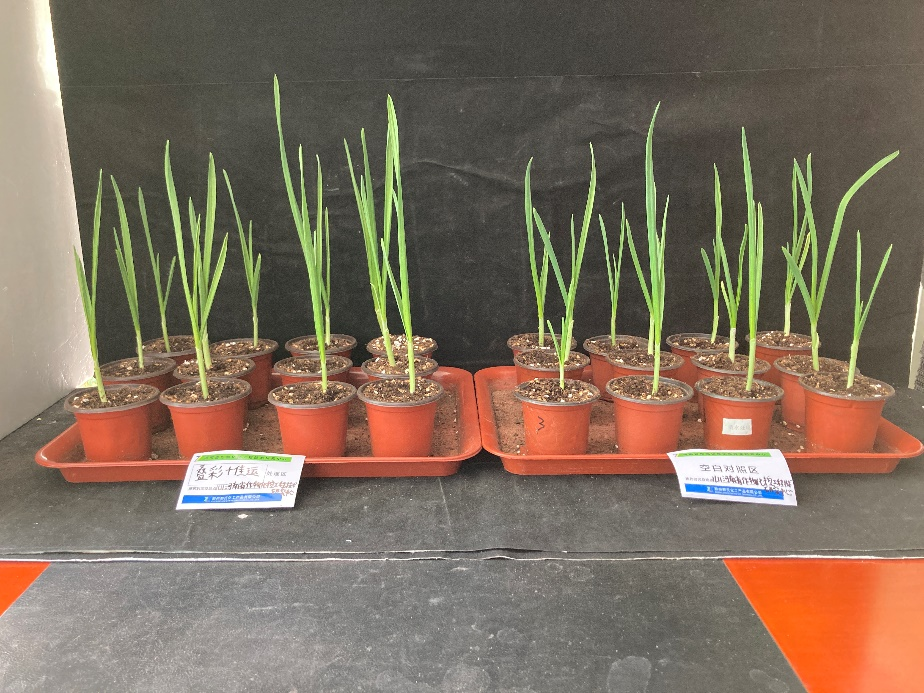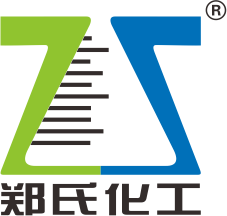Garlic Seed Soaking Test of 24 -Epibrassinolide
Time:
2022-10-30
Brassinolide (BR) is a broad-spectrum and efficient plant growth regulator. It was first extracted by American agricultural scientist J.W. Mitchell et al. from the pollen of Brassica plants in 1970, named Brassin. In 1979, Grove et al. identified the structure of brassinolide as sterol lactone, and named it brassinolide. Compared with the five classes growth regulators discovered in the early stage, brassinolide is known as the sixth type of plant hormone because of its minimum dosage and strong activity. Brassinolide has the following physiological functions:
(1) Promoting cell elongation and division;
(2) Promoting photosynthesis;
(3) Conducive to pollen fertilization, improve fruit set rate and seed setting rate;
(4) Enhance plant resistance;
(5) Alleviating the effects of phytotoxicity on plants.
Garlic (Allium sativum L.) As a biennial herb of the genus Allium in the Liliacea, it is an important vegetable for both medicinal and food use. The garlic head (bulb), garlic leaf (seedling) and garlic flower moss (garlic) can be eaten and have high nutritional value and health care effects. The planting time of garlic in China is generally around cold dew. But if the planting time is delayed by the strong rainfall and low temperature weather, we need to soak the seed, speed up the emergence of garlic and form strong seedlings as soon as possible. Because brassinolide can promote cell elongation and division and enhance plant stress resistance, it is often used to impregnate crops before sowing to promote seedling emergence and seedling health. In order to verify the effect of brassinolide on garlic seed dressing, we used ZS-CHEM 24epi-brassinolide with garlic seed coating agent 9% difenoconazole+fludioxonil +thiamethoxam to conduct the garlic seed soaking test before sowing.
Garlic Seed Soaking Test of 24 –Epibrassinolide with 9% difenoconazole +fludioxonil +thiamethoxam
Test time and place: November 11, 2021, Henan Crop Chemical Control Engineering Technology Research Center
Test agents: 0.01% 24-epibrassinolide, 9% difenoconazole+fludioxonil + thiamethoxam
Test method: 9% difenoconazole+fludioxonil +thiamethoxam 100g + 0.01% 24-epibrassinolide 5-10ml mixed with 45L water soaked garlic seeds for 15h, each treatment of garlic soaked seeds after each pot sowing a garlic clove, each treatment 15 pots ; also set photo processing.
Test results: 9% difenoconazole+fludioxonil +thiamethoxam 100g + 0.01% 24-epibrassinolide with 45L water soaked garlic seeds about 15 hours, can promote the growth of garlic seedlings; the average plant height of the treatment was 26 cm, the control was 24 cm, and the emergence rate are both 100 %.

Table 1 Comparison of the effects of garlic seed soaking test
|
|
Average Plant Height /Cm |
Percentage Of Germination % |
|
Treatment |
26.45±0.35 A |
100 |
|
Control |
23.57±0.43 B |
100 |
24–Epibrassinolide with 9% difenoconazole+fludioxonil+thiamethoxam garlic soaking scheme should be strictly used in accordance with the recommended dosage to avoid adverse effects such as drug damage. It is recommended that the dosage of brassinolide is 0.03-0.07 mg / L. While using ZS-CHEM garlic soaking scheme, we should pay attention to increasing organic fertilizer, rational close planting, strengthening the management of diseases, pests and weeds in the seedling stage, promoting the formation of more strong seedlings of garlic before overwintering, and laying a good foundation for high yield.



